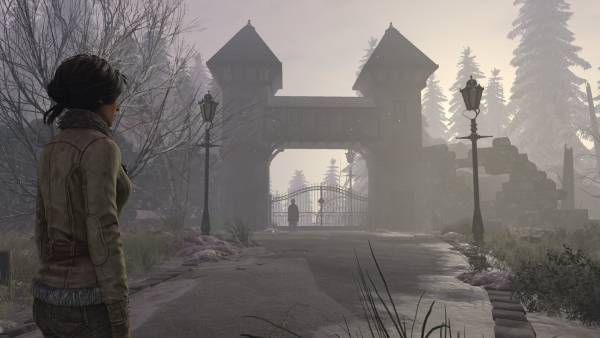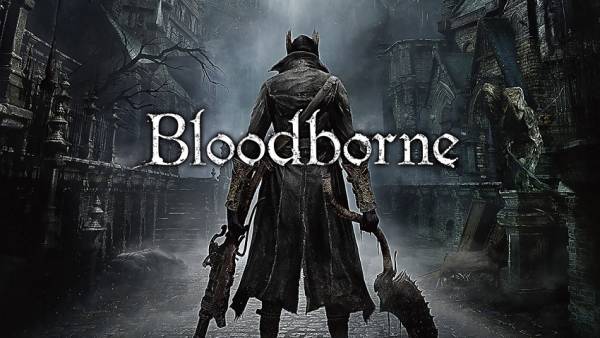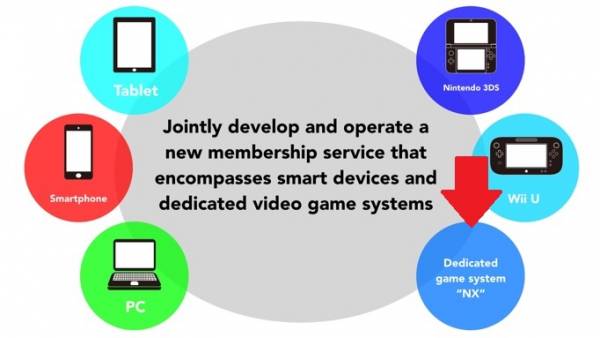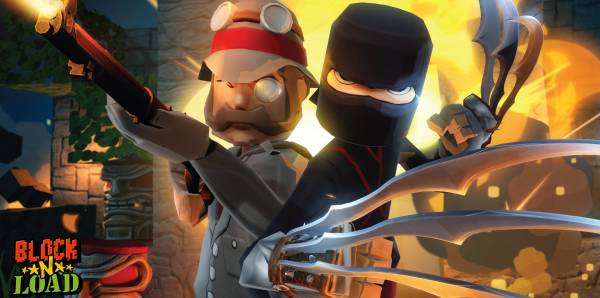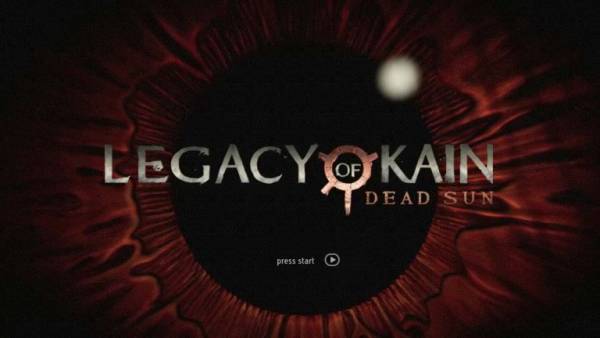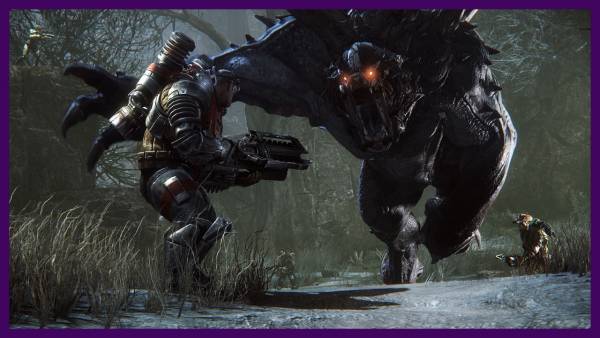We recently got the chance to see the opening of the new Tales game for the Playstation Vita, Tales of Hearts R. Being the first Tales game made for the system and being a remake of a game that originally appeared on the DS, is this a tale shaping up to be one that should be heard again or does it need another rewrite?
Right off the bat, Tales of Hearts R takes the series back to its roots. This is not like Xilia; we are back to the old mix of traditional fantasy with some magic technology thrown in. If you’ve played Symphonia, this is the setting we are dealing with. After a short opening featuring a fairy tale and a cutscene involving two people running away from a witch, we meet the game’s protagonist, Kor Meteor. As we are having what seems to be a return to tradition in this Tales game, Kor is pretty much your stereotypical male Tales protagonist. A smart arse kid who at the start of the story, is given this game’s equivalent of an Exsphere or Blastia by his grandfather and who wants to see the world. Stop me if you’ve heard this all before.

Kor’s outfit makes him look like he is from some odd mashup of Voltron and Akira.
The main difference in this game is that these magical weapons, called Soma, are tied to a person’s heart or Spiria. People with strong Spirias can become master Soma users, but you must become at one with your emotions or else you will misuse your Soma and your Spiria will go out of whack. This all gets explained to you in the first 5 minutes of the game, as you sit through a long exposition dump, trying to figure out what everything is. Eventually, after your grandfather has explained all this to you, you finally get your Soma, just to sit through a small anime cutscene to go back into another long winded exposition dump before being booted into a tutorial. So far, I was not thrilled with the opening to this Tales game but I kept watching, hoping that it may perk up.
The tutorial ran through the game’s combat, which is the main meat of the Tales series. Tales of Hearts R is now using a 3D battle system, as opposed to the 2D one seen in the DS version, and operates very similarly to Tales of Vesperia or Tales of Graces f. This game acts as a hybrid of those two games’ system, with it taking the Overlimit gauge (now termed the Spiria Drive) of the former and mixing in CC Gauge of the latter, which is now called Technical Counter. Unfortunately, I absolutely despised the CC Gauge from Graces f as it limited combo potential and with it being combined with the standard TP system from previous games, it just seems to limit your experience in combat until you get to the later levels. Nevertheless, the core mechanics behind combat are the same as other 3D Tales games and it all animates and looks great, which sadly cannot be said for the in-game cutscenes.

And I’m Ace Rimmer, nice to meet yo… Oops, wrong series.
Another new feature which is introduced later on in the opening is the Soma system, which is this game’s equivalent to EX Gems or the Skills from Tales of Symphonia and Vesperia. Each character gets access to five skill trees, based on the five emotions of their Spiria, and by spending SBP (Soma Build Points) which you accumulate through levelling, you can learn new artes and skills for your character to use in battle. This system seems like it has a nice level of customisation, as each of the five different emotions gives you access to unique stat bonuses and artes, depending on how you want to build your character. This will no doubt give players a great degree of options when building their party and allow them to experiment with different Soma builds throughout their playthrough.
After the tutorial, you are finally given control of your character and allowed to progress through the story. It was good to see that advances made in other Tales games, like a minimap, have been ported over to Hearts R, but the main thing that struck me was how flat the game looked. As mentioned before, character animations during in-game scenes are incredibly robotic, while textures look muddy up close. The game’s art direction also seems very scattershot, especially when you compare Kor’s character model to that of the other villagers.
All NPCs are wearing simple clothes while our hero is wearing a brightly coloured biker jacket with what looks like leather trousers with lightning bolts down the side. There is a really odd clash between the main character designs and those of the world around them. This is especially apparent when characters are in conversation about Somas being passed down through a family and them only being ready to wield them now, even though their clothes match exactly with the Soma’s design when they aren’t supposedly ready. A simple design change like the Soma changing colour when someone new equips it would stop this disconnect and also be a visual way of storytelling, rather than another exposition dump. I understand that this game is being adapted from 2D to 3D and to a handheld but it doesn’t excuse poor texture work and lacklustre animation, especially when the characters animate so well in battle.

Here you are in a crystal maze inside someone’s soul. You won’t find the Aztec Zone in here, I’ll tell you.
After some more dialogue and Kor’s grandfather leaving to go visit another town, Kor is left to walk around and just so happens to stumble upon one of the people running away from the witch in the opening cutscene, who just so happens to be looking for Kor’s grandfather. Again, this focus on coincidence and the fact that it seems like this story is simply going through motions makes Tales of Hearts R seem very lazy. What also came to light here is how Kor’s name is completely different in Japanese while the other characters keep their Japanese names in translation. This seems like a really odd change to me as Kor’s name in the Japanese, Shing Meteoryte, sounds better than Kor Meteor and when all the other characters keep their original names, it just sounds unnecessary.
It also leads to an incredibly ironic moment later on in the opening when someone is telling Kor that he will always have his name when in actual fact, his name has been changed by the translators for this English edition. This combined with the fact that certain lines of the translation don’t seem to match up with the tone of the original Japanese voicetrack also adds to the seemingly lazy attitude taken towards this port, as the localisation team didn’t seem to take much effort to carry the emotion of the original over to the translated version.
I’ll try not to spoil the story opening too much, but after some important events involving someone’s Spiria getting damaged and it splitting off around the world, it is then Kor’s job to gather the Spiria back together whilst avoiding various perils along the way. For an opening to a Tales game, I was not really compelled to continue this story. The reason for the quest wasn’t very unique and pales in comparison to other Tales games, Kor and the other characters that you met in the opening are not very original or interesting and the overall look and feel of the game did not inspire much of a desire to continue. I understand that this game is an update of a previous game and there isn’t much that can be done to update the story, but compared to other Tales games, it just isn’t that good.
The Tales game I can really compare it to is Tales of Graces f, which also had a less than stellar opening and suffered from many of the problems Tales of Hearts R does. So, based on this opening, if you liked Graces and want your Tales fix, I’d give Hearts R a look when it comes out in November. If you weren’t a huge fan of Graces f, give this instalment a miss and wait for Tales of Zestiria to come out next year. Let’s hope the full game is not as underwhelming as this opening was.
